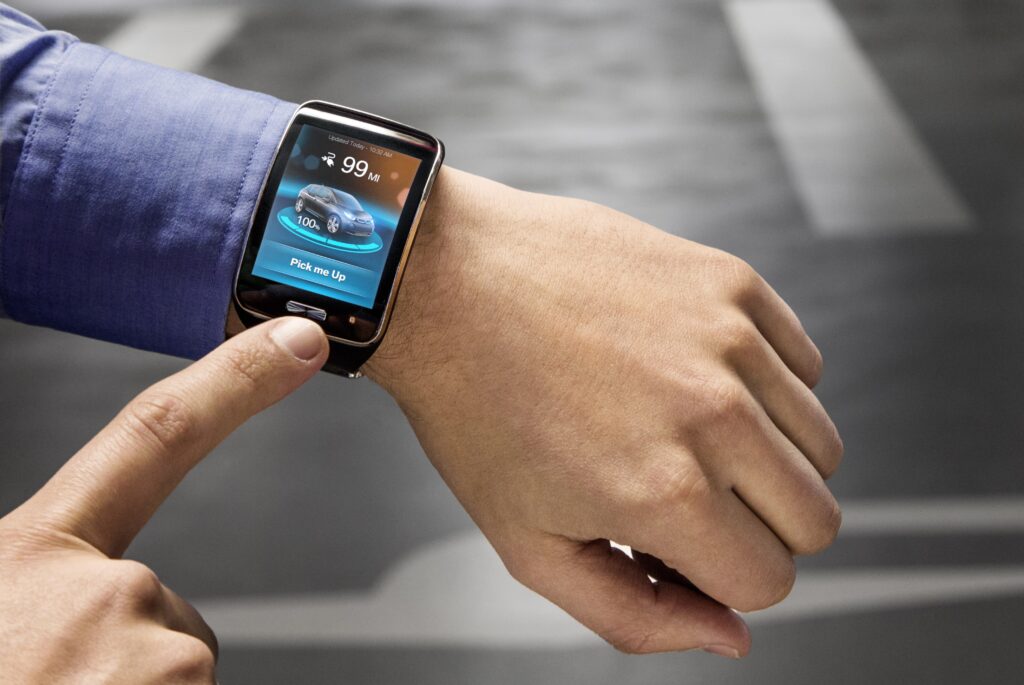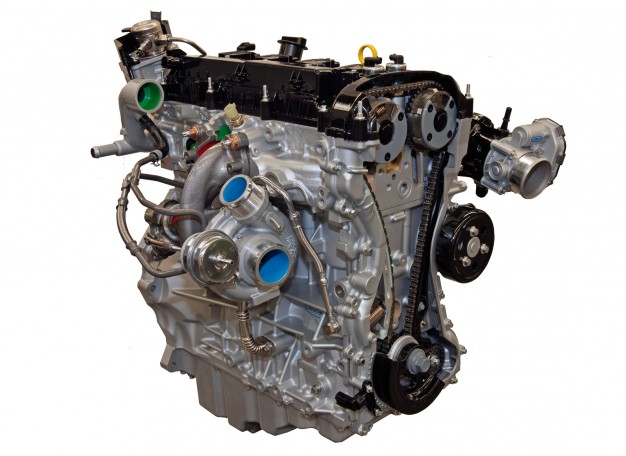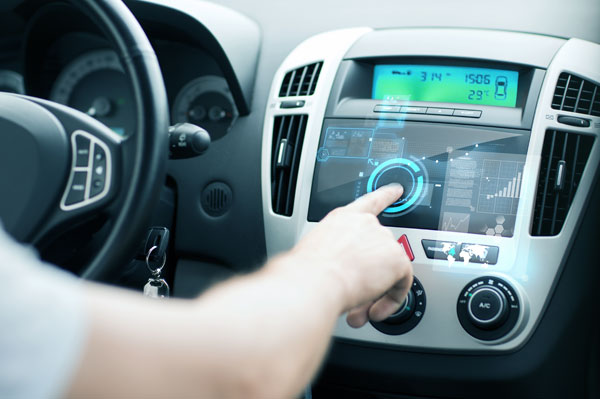A couple of months ago, we published part two of our history of turbocharging, where we covered the rise of the commercial diesel engines, turbocharging’s impact on motorsport, and its arrival in the passenger vehicle market during the 70s and 80s.
In this post, we’ll be taking a look at the modern era, from the increase in turbocharged passenger vehicles during the 1980s, through the development of the technology during the 90s, and on to the turbocharged revolution that’s happening right now.
The 80s – mainstream performance
The 1980s saw a huge increase in the number of turbocharged passenger vehicles entering the marketplace.
Manufacturers were aware of the benefits of turbocharging in terms of reducing emissions and improving fuel economy during the 1980s, and whilst this certainly contributed to the increase in popularity of turbocharging, it wasn’t the only reason.
Another big part of the increase in popularity was that in the 1980s, turbocharged motorsport was in its heyday, and the technology had become synonymous with power and performance. The world’s mainstream manufactures capitalised on this reputation by launching turbocharged, performance variants of their popular cars.
Similarly, much of the technology that was finding success on the racetrack was also finding its way into the high-end sports cars of the era. Iconic sports cars of the 80s like the F40, Lotus Esprit Turbo, Porsche 959 and Audio Sport Quattro all owed part of their success to the power of turbocharging.
In addition to performance cars and high-end turbocharged petrol passenger vehicles, the 1980s also saw significant developments in turbo diesel technology.
Whilst diesel engines had previously been reserved for commercial applications, advances in turbocharging technology meant that the downsides of diesel, like poor acceleration and sluggish performance were being eliminated.
However, despite growth in the technology, turbocharged vehicles didn’t quite take on in the way that they might have in the 1980s. Downsides like high initial purchase prices, questionable reliability and turbo lag, combined with relatively low fuel prices meant that the technology wasn’t attractive enough to many consumers.
The 90s – steady growth
Throughout the 90s, turbocharging technology developed further, and it continued to find favour with the mainstream manufacturers. The technology grew steadily, driven by rising fuel prices, and efforts by the world’s governments to cut CO2 levels and help the environment.
The 90s also saw the beginnings of a shift in priority, as mainstream turbocharging became less about improving performance, acceleration and top speed, and more about improving fuel economy and reducing emissions.
However, the 90s also saw the birth of a new market for performance turbocharging, with the rise of the aftermarket performance enthusiast.
During the second half of the decade, more and more manufacturers began producing supplying aftermarket turbochargers and performance accessories. These were designed to be fitted by car enthusiast at home in an effort to maximise the performance of vehicles.
The modern revolution – emissions and economy
Since the turn of the new millennium, things have really started to change. Global fuel prices have hit record levels, and governments are making much larger efforts to protect the environment by creating stricter regulations and laws regarding vehicle emissions.
In addition, a global recession, slow growth and limited oil reserves has fuelled consumer demand and created a real, urgent need to develop more fuel-efficient vehicles.
Whilst mainstream automotive manufacturers have flirted with alternative fuel sources like electricity, hydrogen cells, hybrid technology and LPG in an effort to meet these targets, turbocharging has proved to be the most popular and cost-effective solution.
Using turbochargers, they’ve been able to make engines smaller, delivering significantly improved fuel economy and reducing emissions, without affecting drivability or performance.
Today, turbochargers are found on more passenger vehicles than ever before, thanks to modern developments in the technology that’s made them more reliable, responsive and affordable than ever before.
The turbo revolution is happening right now, and it’s here to stay – all the evidence suggest that smaller, turbocharged engines will become more and more popular with the majority of mainstream vehicle manufacturers over the next decade.
How we can help
At AET, our experienced teams have been delivering a top quality turbocharging repair, replacement and sales service for over 40 years.
For further information on turbocharging, or any of our high quality, cost-effective services, get in touch today on 01924 588 266, or email [email protected].
Image: Cropped from Image:Audi Quattro S1 – 2007 Rallye Deutschland.jpg (original source)



